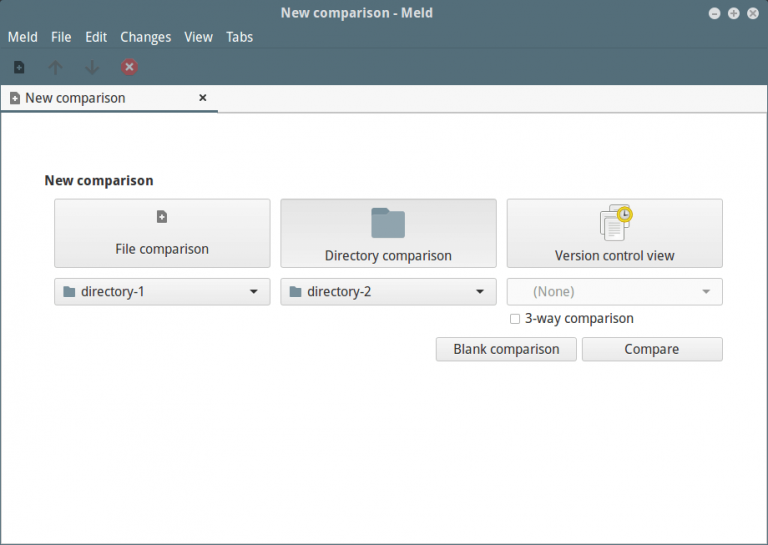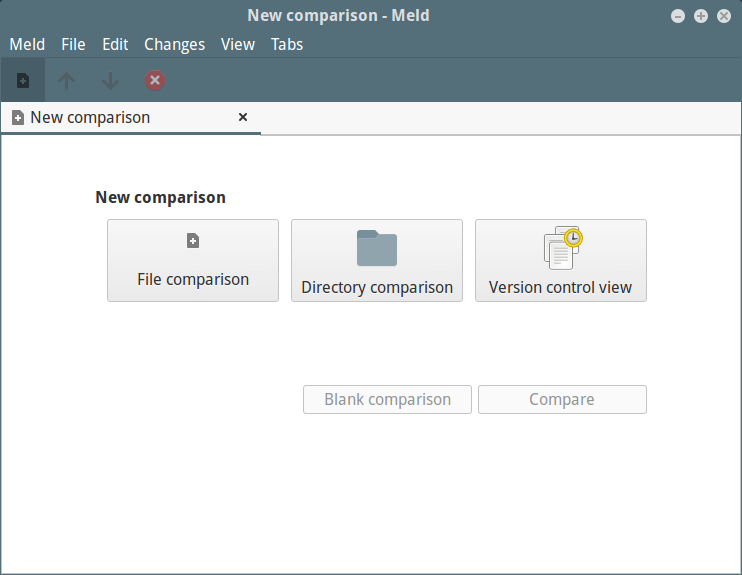

- #INSTALL MELD WITH YUM HOW TO#
- #INSTALL MELD WITH YUM INSTALL#
- #INSTALL MELD WITH YUM UPDATE#
- #INSTALL MELD WITH YUM SOFTWARE#
The above command disable the REMI repository temporarily and update out CentOS system. In this method, We can temporarily exclude a repository to prevent a package from being updated.



Enable or disable repositories temporarily Sacred to the Memory of Imual Lang-meld, an. Permanently Enable/Disable repositories using repository configuration fileġ. who deported thia life on the 28111 of June 1817, aged 40 yum.Temporarily enable or disable repositories while installing packages using ‘yum’ command.We can enable or disable repositories in two ways.
#INSTALL MELD WITH YUM SOFTWARE#
This will be helpful when software needs a particular version package to work well. In such cases, you can exclude a repository, so that the packages from that repositories will not be upgraded too.
#INSTALL MELD WITH YUM INSTALL#
Sometimes, you don’t want to install the latest packages and want to stick with the old versions instead. So, the packages from that repositories will also be updated to the latest available versions. One thing is whenever you run “yum update” command, those additional repositories will be updated. These are the important repositories that provide packages that are not found in the CentOS official repositories. Updates/7/x86_64 CentOS-7 - Updates 1,676Īs you see in the above output, I have added two more additional repositories namely EPEL, and REMI. Remi-safe Safe Remi's RPM repository for Enterprise Linux 7 - x86_64 820 Loading mirror speeds from cached hostfileĮpel/x86_64 Extra Packages for Enterprise Linux 7 - x86_64 10,075 This guide was tested on CentOS 7 server, however the same method should work on Fedora, RHEL, Scientific Linux, and other RPM based Linux distributions.Īs you already know, we can list the number of available repositories in CentOS using the following command as the root user: yum repolist Sample output: Loaded plugins: fastestmirror
#INSTALL MELD WITH YUM HOW TO#
This short tutorial describes how to enable or disable a single or group of YUM repositories while installing software in CentOS. This command returns results for the Apache. Search for a package by name using: sudo rpm qa grep i httpd. To list packages by installation date, enter: sudo rpm qa last. If you ever wonder how to do that, here you go. To display a list of installed packages, enter the following in a terminal window: sudo rpm qa. Sometimes, you might want to install software from a group of specific repositories, or you may want to disable all repositories and install a package from a single repository. Mysql-libs.x86_64 0:5.5.29-1.fc16 mysql-server.x86_64 0:5.5.29-1.I am sure most of you use many YUM repositories to install software on any RPM based distributions like RHEL, CentOS, Fedora etc. Presto reduced the update size by 81% (from 696 k to 134 k). x86_64 0:5.5.29-1.fc16 will be an update -> Finished Dependency Resolution Installing: meld-1.6.1 -1.fc16.noarch 1/1 meld.noarch 0:1.6.1-1.fc16 Complete! 11 Install mysql-server # yum install mysql Loaded plugins: langpacks, presto, refresh -packagekit Loaded plugins: langpacks, presto, refresh-packagekit Resolving Dependencies -> Running transaction check -> Package meld.noarch 0:1.6.1-1.fc16 will be installed -> Finished Dependency Resolution Dependencies Resolved Setting up and reading Presto delta metadata Loaded plugins: langpacks, presto, refresh-packagekit


 0 kommentar(er)
0 kommentar(er)
